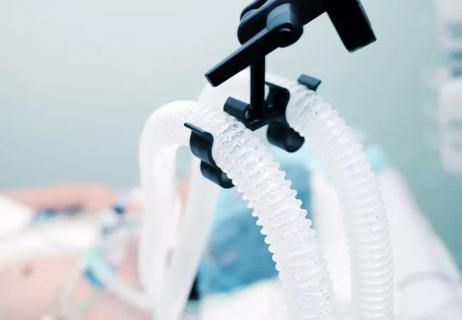Advertisement

In the wake of NOTION-3 findings, a strong argument for physician judgment remains

TRISCEND II trial reports 1-year results

Decongestion, therapy titration and readmission rates comparable to those with traditional hospital care

Highlights and insights from recent Cleveland Clinic experience
Advertisement
Cleveland Clinic is a non-profit academic medical center. Advertising on our site helps support our mission. We do not endorse non-Cleveland Clinic products or services. Policy

Model shows promise in differentiating from hypertrophic cardiomyopathy and other conditions

Post hoc analysis of PROTECTED TAVR finds reduced stroke risk in the U.S. but not beyond

Transvalvular LVAD support transforms emergency surgery into urgent procedure

How Cleveland Clinic supported an alliance hospital to improve early extubation practices

SCAI document focuses on technical aspects of care where clear guidance had been lacking

High composite score in myectomy specimens signals worse prognosis
Advertisement
Advertisement